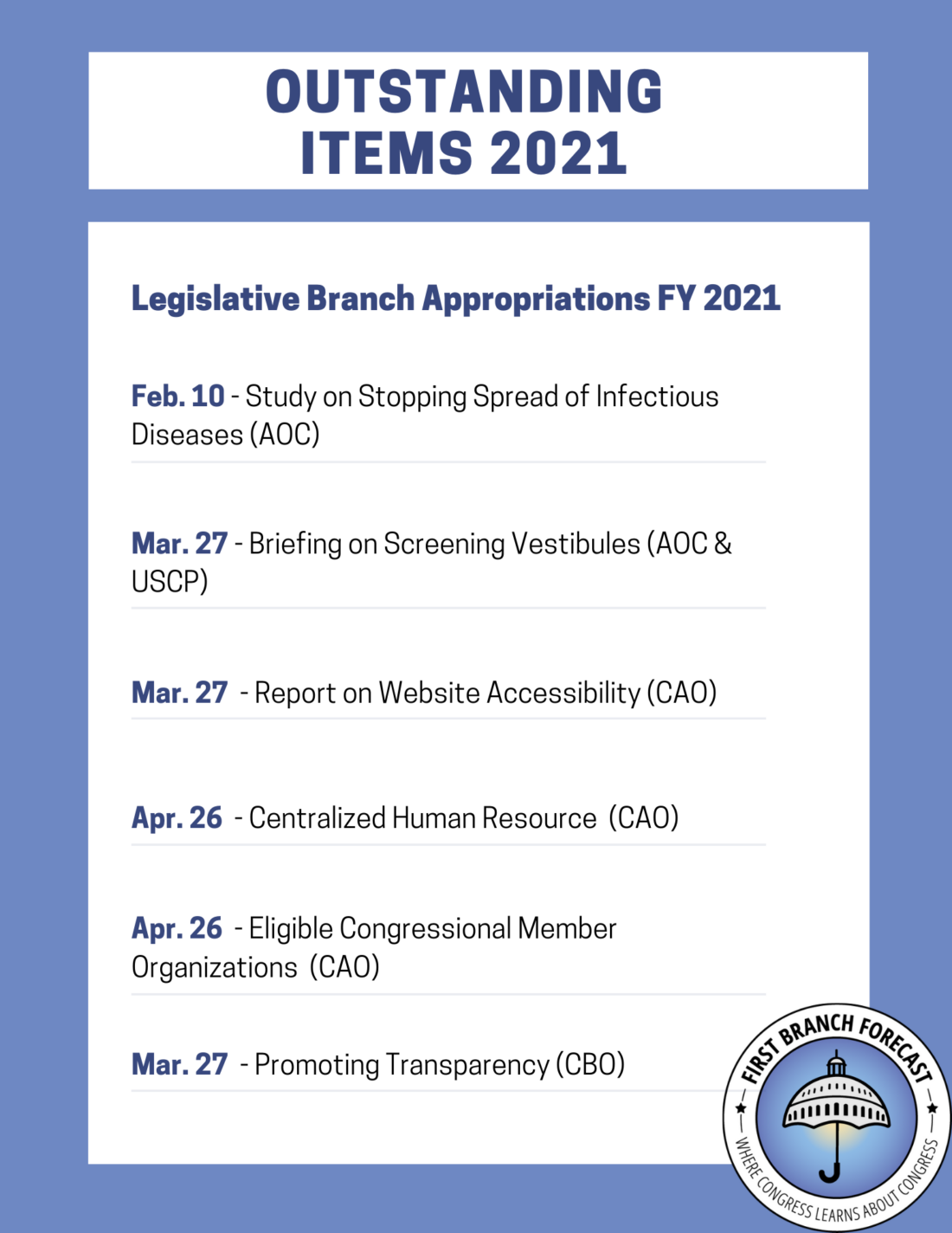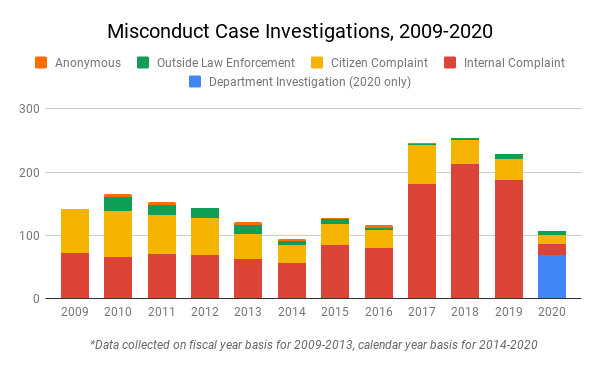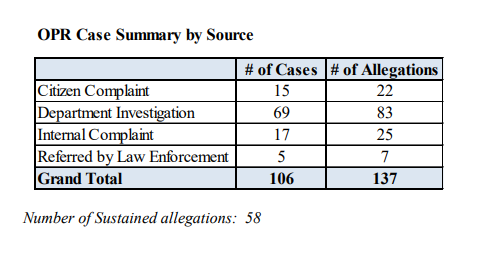Congress regularly requests reports on strengthening Congress but there’s no central place to keep track of what they’ve requested.
To help keep track of things, we built a public spreadsheet that maintains a catalog of projects, broken down by item due, entity responsible, and due date.
The catalog covers reforms and requests ordered by the House and Senate Legislative Branch Appropriations Subcommittees, the Committee on House Rules, and the Select Committee on the Modernization of Congress. At the moment, the catalog includes major resolutions and measures: H. Res. 8, the House Rules for the 117th Congress, Legislative Branch Appropriations FY 2021, and H.Res. 756 from the 116th Congress.
[googleapps domain=”docs” dir=”spreadsheets/d/e/2PACX-1vT2jdFwY7dH_JPOS8tIHIRmBDXN1qbv6Z_4weSi3co-xGkM4XwvMHo_3MzuM8s9O3LptsfQAsO3YaUJ/pubhtml” query=”widget=true&headers=false” /]We continue to update this list each month for what’s due and what’s outstanding. Here are the February, March, and April editions.
Due In May
This month has zero items that are due. You can see below what reports are past due and have yet to be publicly released.
Continue reading “What Items Are Due to Congress: May 2021”



